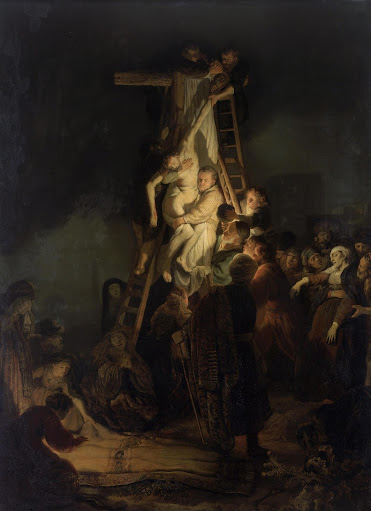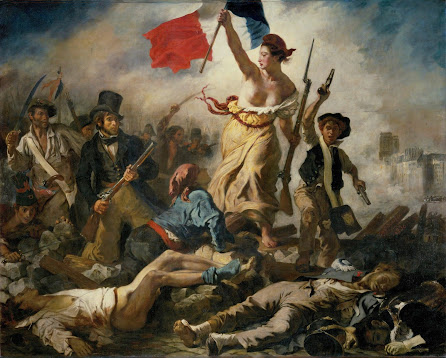Life is one hard knock after another. Every challenge we face chips and batters us just a little bit more every time, and sometimes breaks begin to form. However, the healing and acceptance of these breaks help make us better and realize ourselves. This philosophy is beautifully represented by the Japanese art form known as Kintsugi. |
| Drunken Clarity, Sean Cordeiro & Claire Healy, 2011, New South Whales |
 |
| Hori Mishima Tea Bowl, Late 16th Century, Korea |
 |
Mishima Ware Hakeme-Type Tea Bowl, 16th Century, Korea
|
Kintsugi is the Japanese art of repairing broken pottery with lacquer, usually dusted with gold. The art intends to highlight the history of the object, treating breaks and chips as something to wear with pride rather than something to repair and hide. The exact origin of Kintsugi is debated, however, one of the more widely accepted origins for the art form is a story from the 15th century, where shogun Ashikaga Yoshimasa sent a broken tea bowl to be repaired in China. When the tea bowl returned, it was being held together by "ugly" metal staples, and Yoshimasa charged the local craftsmen to find a better, more aesthetically pleasing solution. They came up with Kintsugi, Kin meaning "golden", and Tsugi meaning "joinery". Regardless of the origin, Kintsugi exploded into popularity in the ceramics and pottery world, with many artists purposefully breaking their own work just to join it back together with a metallic material to replicate the aesthetic. Some of my favorite examples of the technique are when it's being taken to the extreme, like the sculptures by Korean artist Yeesookyung, who uses Kintsugi not to repair but to expand, creating massive porcelain and gold amalgamations.
 |
| Translated Vase, Yeesookyung, 2009, London |
Or the Japanese artist Koshi Kawachi, who, as part of his
Embalming series, used Kintsugi to repair a broken potato chip.
Yes, really.
 |
| Embalming Potato Chip, Koshi Kawachi, 2010, Japan |
Sources:
Lesser, Casey. “Exploring the Japanese Ceramics Tradition of Embracing Flaws with Gold.” Artsy, 24 Aug. 2018, www.artsy.net/article/artsy-editorial-centuries-old-japanese-tradition-mending-broken-ceramics-gold.
Savona, Diane. “The Mending Technique of Kintsugi.” Diane Savona, Diane Savona, 1 Oct. 2017, www.dianesavonaart.com/blog/2017/8/25/the-mending-technique-of-kinsuki.
Takei, Mariko. “Koshi Kawachi.” SHIFT, 29 Mar. 2010, www.shift.jp.org/en/archives/2010/03/koshi_kawachi.html.







Comments
Post a Comment